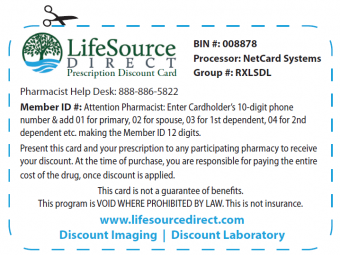Image: Danilo Rizzuti / FreeDigitalPhotos.net
In “The Tipping Point,” author Malcolm Gladwell defines the subject of his book as “the moment of critical mass, the threshold, the boiling point” where anything can change. The theory applies to trends of all types, from fashion to crime to health care.
In the life insurance industry, I believe we’re nearing a tipping point of our own. We’re beginning to see a shift from the no-lapse guarantee life products with low premiums and little or no cash value that have dominated the market in recent years. In their place, more carriers are stepping back to more traditional universal life (UL) insurance products that balance a death benefit and potential cash accumulation.
See also: Indexed UL Finds the Sweet Spot — and Stays There
For the last decade, carriers and producers have de-emphasized cash accumulation insurance products (which build value that can be accessed by the policyholder or turned into supplemental retirement income) in favor of no-lapse guarantee life products that simply promote cheap premium. The value of building cash and wealth within a life insurance policy has been diminished as carriers essentially played limbo — how low can you go? — with their pricing.
Three factors influenced this movement. First, declining interest rates drove down traditional UL credit rates for well over a decade. Second, as we left the 1990s, we entered an era of stock market “bubbles,” volatility and fear. The average consumer did not want to put his or her money into something unreliable. Finally, the global financial meltdown of 2007–2008 generated widespread mistrust in financial institutions. The resulting environment helped resurrect the old saying, “I’m not concerned as much with the return on my money as I am about the return of my money.”
The life insurance industry responded to these conditions by increasing the development of no-lapse guarantee UL products. With the “perfect storm” environment we were in — low interest rates, market volatility and institutional mistrust — producers and consumers claimed to be uninterested in complicated life insurance products. They just wanted a guarantee their death benefit would be there when they needed it. No-lapse UL fit the need and prevailing attitude, and the product really took off.
Becoming a commodity
The first generations of no-lapse UL featured a good blend of reasonably priced premiums and cash value accumulation. Unfortunately, as competition increased, all of the focus turned to delivering the lowest premium to consumers.
Feeling the pressure, carriers leapfrogged one another to drive premiums lower and lower. In many instances, premiums for guaranteed, lifetime death benefit coverage became measurably cheaper than premiums for a non-guaranteed product with the same carrier. The product pricing world had turned upside down. In this cutthroat environment, carriers quickly discovered they could continue reducing — and, in some cases, virtually removing — cash values from these products to drive down premiums even further. Then, the economic world that spawned these products changed dramatically.
From a carrier’s perspective, no-lapse guarantee products have now become extremely expensive to offer. Low interest rates make the products less competitive, and changes in the product’s regulatory treatment have led to higher capital demands.
This creates a paradox for carriers. They need more capital to guarantee up to a lifetime of coverage, but they have driven premiums lower and lower. Plans for utilizing creative reserve financing techniques have never fully materialized, further increasing costs and carrier exposure to risk. These increasing costs and risk exposures have started to catch up with the industry. In a wave of re-pricings, some carriers have announced as many as three premium increases over the last couple of years. Other carriers have abandoned the product line altogether.
From a consumer perspective, stripping away the cash value from universal life insurance essentially creates “lifetime term” insurance. It is one-dimensional in its appeal: you pay a premium, you get a death benefit. That’s it. It’s a commodity product where low price has become the only measurement of value.
Now, as re-pricings have hit the market, consumers are being asked to pay higher premiums, yet there’s still no value-add. Suddenly, no-lapse insurance guarantees don’t seem as good a deal as they used to be, and consumers are beginning to demand more for their money.
This is why I believe we may start to see a fundamental shift in the life insurance product mix. Permanent, cash value-emphasis life insurance is slowly reemerging as an attractive, well-balanced option for consumers. The seeds were planted in the late 2000s when re-pricing across the industry started to kick in. Today it’s becoming much more real.

